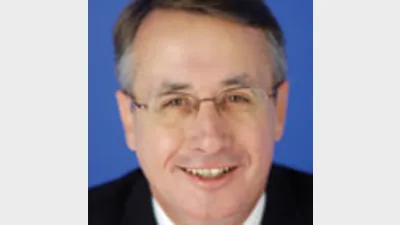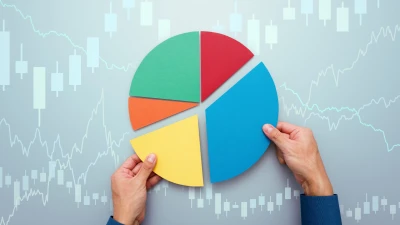Workforce participation to meet long-term economic challenges, says Swan



|
|
The Government will look to raise workforce participation by increasing the Age Pension age and investing $43 million — measures that will address challenges the Australian economy is expected to face over the next 40 years.
The 2010 Intergenerational Report, entitled Australia to 2050: Future Challenges was launched by Treasurer Wayne Swan earlier today and detailed the Government’s approach to meeting the challenges of an ageing population, increasing pressure on the health system and addressing the environmental and economic challenges of climate change.
The report highlighted productivity growth as the key to meeting these challenges, which will be achieved through investments in infrastructure, skills and training, cutting business red tape and the Government’s Education Revolution.
“By growing the economy we increase our capacity to meet the fiscal costs of ageing, without increasing the overall tax burden on working Australians,” Swan said.
The Government’s approach also seeks to increase work participation by providing incentives for Australians to work longer and remove impediments. The report stated that one of the ways the Government will address the long-term cost of demographic change will be to progressively increase the qualifying age for the Age Pension to 67, at a rate of six months every two years, beginning in 2017.
“If we can remove the obstacles for older Australians who want to work, we not only improve the quality of their life but we also strengthen the economy … That’s why I am announcing a $43 million package of practical measures to further support mature age participation,” Swan said.
Swan added that while population growth of 22 million to 36 million in 2050 would help manage the challenges of an ageing population, it comes with its own pressures on infrastructure.
“We can manage these pressures if we start planning for them now,” he said.
The report details the main challenges Australia is expected to face over the next 40 years, which left unchecked would push government spending up from the middle of this decade by just under 5 per cent to about 27 per cent of GDP by 2050.
The report stated that Australia’s ageing workforce will present a particular set of economic and social challenges, stating that the proportion of those aged 65 and over will almost double in the next 40 years.
“Today there are five working-aged people for every person aged 65 and over,” Swan said. “By 2050, this ratio will fall to only 2.7 people. With proportionately fewer working-age Australians supporting a much larger population of older Australians, ageing and rising heath costs are expected to result in spending exceeding revenue by about 2.75 per cent of GDP in 2049-2050.”
He added that today about a quarter of total Australian government spending is directed to health, age-related pensions and aged care — and yet the report revealed this is expected to rise to about half by 2049-2050.
Recommended for you
Compared to four years ago when the divide between boutique and large licensees were largely equal, adviser movements have seen this trend shift in light of new licensees commencing.
As ongoing market uncertainty sees advisers look beyond traditional equity exposure, Fidante has found adviser interest in small caps and emerging markets for portfolio returns has almost doubled since April.
CoreData has shared the top areas of demand for cryptocurrency advice but finds investors are seeking advisers who actively invest in the asset themselves.
With regulators ‘raising the bar’ on retirement planning, Lonsec Research and Ratings has urged advisers to place greater focus on sequencing and longevity risk as they navigate clients through the shifting landscape.










